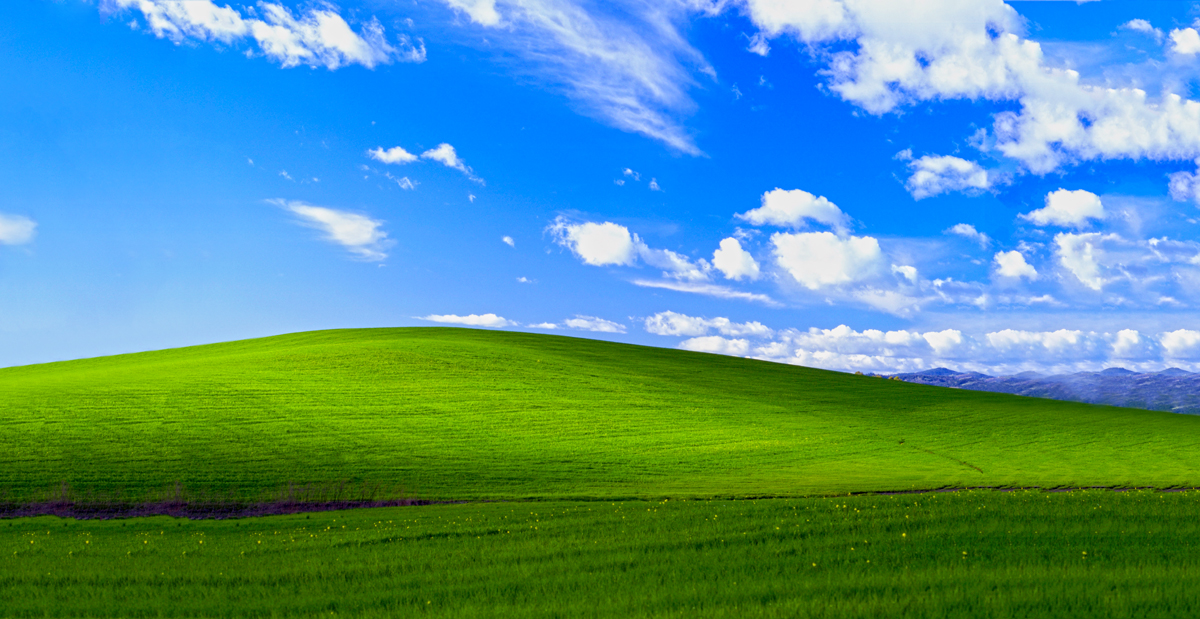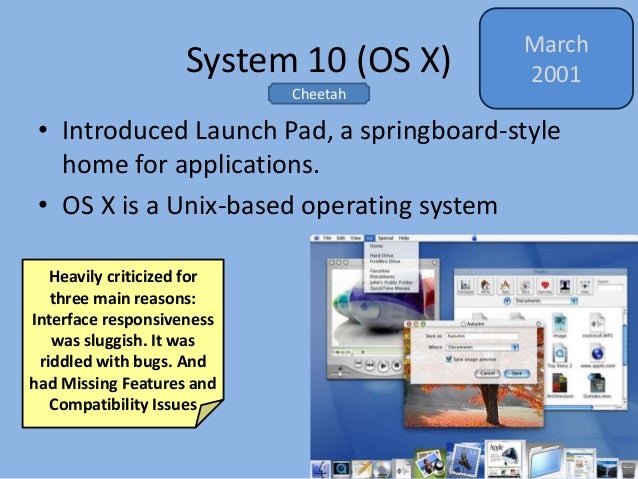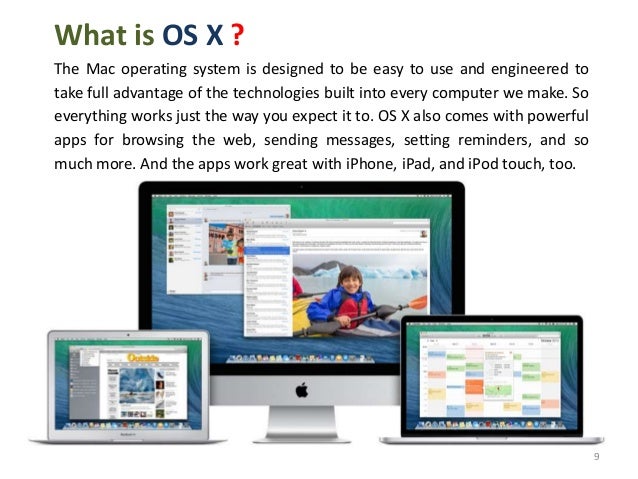

When you've made all your selections, choose Export. You can also choose to set the amount of time the video will spend on each slide if you don't have a set timing.

If you have recorded timings and want to use them in the video you create from your presentation, make sure the box next to Use Recorded Timings and Narrations is checked. The higher the video quality, the larger the file size. Select the video quality you want: Presentation Quality, Internet Quality, or Low Quality. On the File Format menu, select the video format that you want (MP4 or MOV). (Beginning with PowerPoint for Microsoft 365 for Mac version 16.19, audio narration is included in the video when you export your presentation.) If you have a Microsoft 365 subscription, make sure you have the latest version of Office.

It doesn't know anything about a next file in a folder.Note: Exporting your presentation as a video feature is only available to users using PowerPoint for Microsoft 365 for Mac, PowerPoint 2019 for Mac, or newer versions of PowerPoint for Mac. PS: Technically speaking, Preview.app is just an application able to display pictures and PDFs. Given the different options already available to get the desired result, do we really need another one? command-doubleclicking the folder containing the pictures to open a new finder window followed by ⌘+ 3 to switch the new window to Column mode and just step through the files to get the content displyed in preview mode in the last column.command-doubleclicking the folder containing the pictures to open a new finder window followed by ⌘+ 4 to switch the new window to Coverflow mode.selecting all the relevant files (pictures) and pressing ⌘+ O to open them in one Preview window.selecting all the relevant files (pictures) and pressing Space to enter Quick Look.

selecting the first file, pressing Space to open Quick Look and use the cursor key to jump to the next one.As more or less already answered in the question you linked to, you can get the effect you want by


 0 kommentar(er)
0 kommentar(er)
